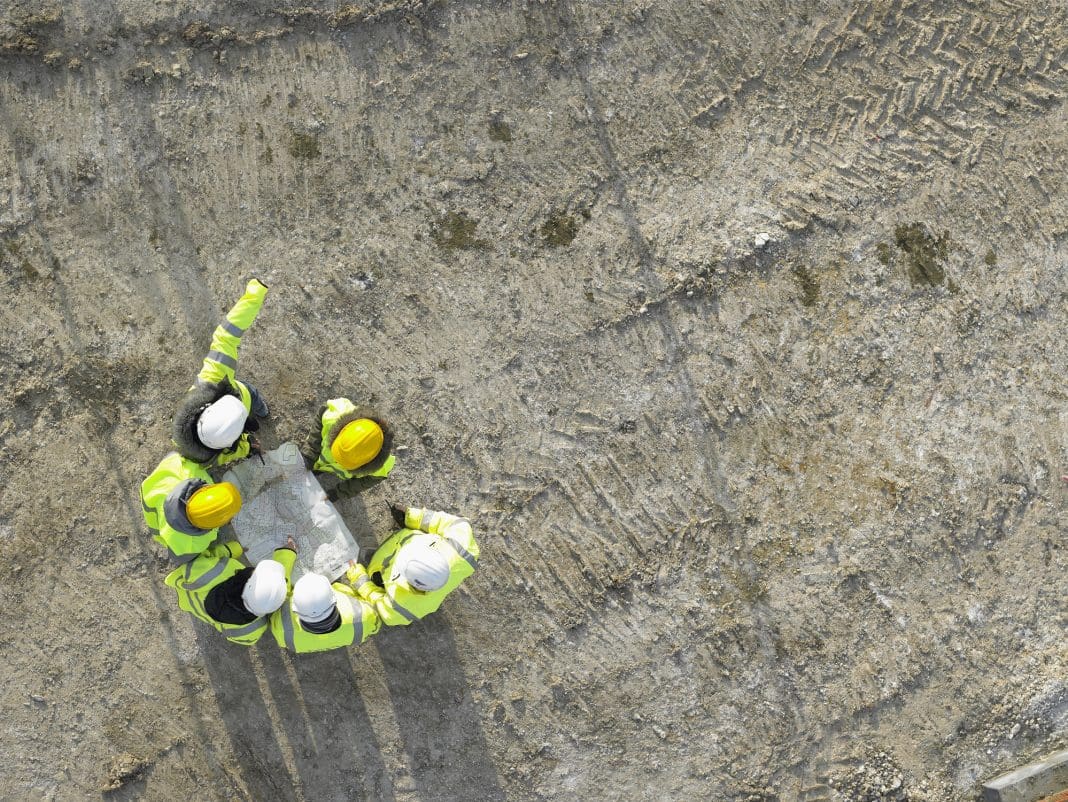In this article, PBC Today and Vectorworks explore the top construction technology trends expected to take 2024 by storm and delve into how Vectorworks utilises this technology to make the design process more intuitive for architects and designers
As we enter 2024, the construction industry is on the brink of a technological renaissance.
With construction technology ready to redefine the way we design, plan, and execute projects, AI is at the forefront.
The increasing integration of artificial intelligence (AI) into various areas of construction promises not only efficiency, but a transformation in how the industry approaches building and development.
AI will make significant progress in design workflows
Whilst the concept of AI in design has been explored in recent years, 2024 will witness more practical applications and implementations.
AI rendering or image generation promises to streamline the design process, making it more intuitive and responsive to the needs of architects and designers.
It’ll also play a vital role in optimising deconstruction processes and ensuring efficiency while adhering to sustainable practices.
Vectorworks is currently exploring AI integration into its software, such as AI image generation and visualisation, a Vectorworks AI chat, and Vectorworks Performance Assistant.
These future developments will deliver AI image generation and visualisation features precisely at the point of use.
The Vectorworks AI chat will use AI to allow designers to search resources using natural language for faster support.
Finally, the Vectorworks Performance Assistant will be a tool to analyse the content of a Vectorworks file and point out settings, objects, or geometry that may be causing performance or memory issues and offer fix suggestions.
“Ultimately, these features will allow users to visualise their early Vectorworks designs using text-based prompts quickly and simply on their early 3D massing and concept models,” said Vectorworks product marketing director Martyn Horne. “These new features will also aid designers in quickly searching our learning resources and identifying issues so they can spend more time designing.”
The growth of IoT and digital twin technology
The construction landscape is also evolving with the growth of the Internet of Things (IoT).
As smart cities become more prevalent, the AEC industry will embrace more digital twin technology.
This enables the creation of virtual replicas of physical structures, facilitating real-time data exchange and collaboration among stakeholders. The result is faster, more efficient decision-making and problem-solving in construction projects, reducing delays and costs.
The emergence of Building Information Modelling (BIM) 2.0
The arrival of Building Information Modelling (BIM) 2.0 is also set to revolutionise the industry.
At the forefront of this movement, the UK BIM Alliance aims to redefine how building and construction projects are approached.
BIM 2.0 goes beyond traditional 3D modelling, incorporating advanced data analytics and real-time collaboration tools. This shift promises enhanced project coordination, reduced errors, and improved overall project efficiency.
2024 will see a shift to deconstruction and re-use
In 2024, construction technology trends will shift towards deconstruction rather than traditional demolition methods. This is driven by a growing awareness of environmental impact and a commitment to more eco-friendly practices.
Deconstruction involves carefully disassembling structures to salvage and reuse materials, minimising waste, and reducing the carbon footprint associated with construction activities.
“Overall, 2024 is looking to be a year of continued growth for how we design. As new industry trends continue to rise, it’s evident that designers will require next-gen technology that allows them to participate in all aspects of the design phase rather than software that slows down their process,” said Horne.

















